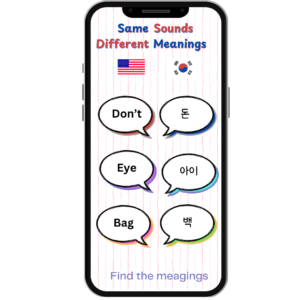Standing in line to see Portrait of a Beauty (미인도), I couldn’t help but notice a young boy a few people ahead of me. He was restless, repeatedly banging the back of his head against the wall while his mom tried everything to stop him—scolding, pleading, even gently holding his head. But nothing worked. Watching this tiny act of rebellion, I smiled, remembering how impatient I used to be in situations that seemed boring or pointless.
It made me wonder: How would I explain the importance of this painting to someone like him? After all, at his age, I would’ve been more interested in playing with friends or diving into a video game than looking at old paintings. What could I say to make Portrait of a Beauty resonate with a child who was clearly tired and uninspired?
Then it hit me: the heart of a man.
I imagined leaning down and telling him, “One day, when you’re older, you might meet someone you think is so beautiful that you want to remember her forever. Today, you’d take a picture with your phone. But 200 years ago, there were no phones, no cameras—so if someone wanted to preserve someone’s beauty, they painted it. This painting isn’t just art; it’s a love story that has lasted centuries.”
The more I thought about it, though, the more I realized it wasn’t just about the man’s feelings. The woman in the portrait likely had her own story. Perhaps she wanted to hold on to her youth and beauty forever, to share it with someone she cared about, or to leave a lasting impression on the world. It’s as if the woman in the painting whispered to me, “This is my moment, captured for eternity.”
This quiet interaction with a painting, and a restless child in line, led me to reflect on how beauty is perceived differently across time and cultures. At the start of my life in America, I worked in a grocery store in a predominantly Black community. Their standards of beauty were completely different from what I had grown up with in Korea. Faces weren’t the focus—curves, especially around the hips, were considered most beautiful. It was a stark contrast to the Korean ideal of delicate, symmetrical facial features.
Beauty, I realized, is not just skin deep—it’s shaped by culture, history, and personal experience.
That’s why Portrait of a Beauty is such a significant piece. It doesn’t just capture one woman’s appearance; it encapsulates what Koreans of that time valued in beauty and love. Just like Da Vinci’s Mona Lisa, this painting has survived centuries, carrying with it stories of admiration, desire, and humanity.
If you’re in Korea, I highly recommend visiting Portrait of a Beauty. It’s more than a work of art—it’s a window into Korean history, culture, and the timeless desire to preserve what we find beautiful. Whether you’re an art enthusiast or simply curious about what makes this painting so special, it’s an experience that will leave you thinking about the universal and ever-changing concept of beauty.

Portrait of a Beauty Museum Link
盤薄胸中萬化春 筆端能與物傳神 : “A heart brimming with boundless emotions, the brush captures the spirit of all it touches.”








